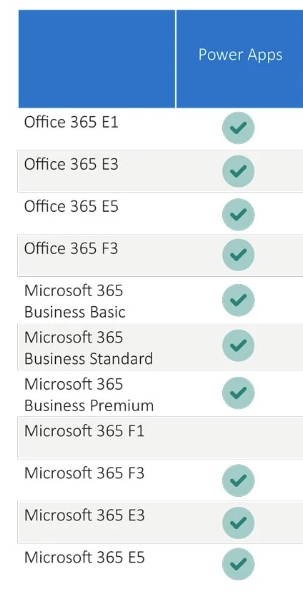We need to talk about... D365 Marketing... Customer Journeys
- Graeme Donnell

- Jul 14, 2022
- 3 min read
Updated: Aug 3, 2022
Next in my blog series on D365 for Marketing is Customer Journeys.
In Dynamics 365 Marketing, a Customer Journey is an automated set of marketing campaign actions and flows intended for a specific target audience drawn from a list of Accounts/Contact.
The designer is an intuitive drag-and-drop interface which allows marketers to create a customized pipeline of actions consisting of steps to send personalized email messages, schedule follow up activities for sales team members, trigger workflows, and execute campaign-related activities.
Customer Journeys in Dynamics 365 Marketing
As mentioned above a Customer Journey begins with the development of a Segment. A segment is essentially a set of filters applied to the Accounts/Contact already stored within our D365 Marketing solution.

Now that we have defined our segment of Contacts who attended a recent D365Ni Event, we can start to build our Customer Journey.
With a number of elements within D365 Marketing we have the ability start our build with a set of out-of-the-box templates. For the scenario in question we are going to use High Touch Marketing as our template.

And as we can see this gives me a default position to work, with some elements already pre populated.

Initially I will specify the segment I created and then move the existing template, adding and removing elements as I go to suit my needs

There are a number of elements we can incorporate into our journey, each offering a different type of action.

Send an Email - This allows for the creation of an email design, directly within the solution and once selected as an action can be configured using the pane on the right hand side of the interface.

If/then Branches - This action allows us to build logic into our journeys, for example, after an email is send, we can check if the email has been opened, or if it has hard bounced.

Wait/Delay - Similar to if/then branches we can use Wait/Delay actions to spread our journey out a period of days of weeks, for example, after sending an email we may want to wait 5 days to give contacts the opportunity to engage with it.

Actions - These are generic actions that we can incorporate into our journey, such Create a Lead, Run a Linkedin Campaign and Run a Workflow. The run a workflow option is potentially very powerful as it allows for any on-demand workflow to be pulled in our Customer Journey.

Sales Activities - This set of actions, relate specifically to Sales Activities so we can automate the creation of a phone call, appointment or task as part of our customer journey, for example if someone engaged with the email content we have already shared, we may want to follow up with a qualification call to provide more info.

Custom Tiles - A custom tile allows us to pull in additional channel of communication with the contact, for example we could send a post sales call text to confirm details or provide additional info.

Legacy Tiles - And lastly, Legacy Tiles allow us to pull in functionality from within the Marketing solution itself. So we can link the journey back to an Event record, or direct the contact to a particular Marketing page.

Fundamentally each member of the target segment will progress down the path, how they engage with the content and interactions are tracked in the system, providing insight into the true reach and effectiveness of the marketing initiative.
Thanks to a new Customer Journey design experience and some new journey elements introduced in the Dynamics 365 Marketing 2022 Wave 2 release, creating Customer Journeys just got easier.
Focused Canvas Experience

In previous versions, users had to jump between different areas of the App to setup related records like Marketing Emails and Events. This new enhancement provides a more intuitive and streamlined setup experience.
Change Layout Format
As marketers build out complex journeys, they can now change the layout format of the journey path diagram from horizontal to vertical orientation, according to their preference.
Horizontal layout

Vertical layout

Analytics
Once the Customer Journey has been published and during the entire duration of the journey we can revisit the main page and start to see some real tangible analytics.
Initially we can see the start count of contacts in our segment and we should that number reduce in size as people choose or choose not to engage in the materials and content shared as part of the journey.

In summary, all these new features, combined with the system’s existing, prebuilt customer journey templates give marketers solid starting points to engage customers in a variety multi-touch, multi-channel campaigns for lead nurturing, event management, new customer onboarding and more.
Hope you all enjoyed this post on the Release Wave 2 plans for 2021 for D365 for Sales. I will continue this series with some additional content specifically related to Marketing and Customer Service. Take Care, Speak Soon!




Comments